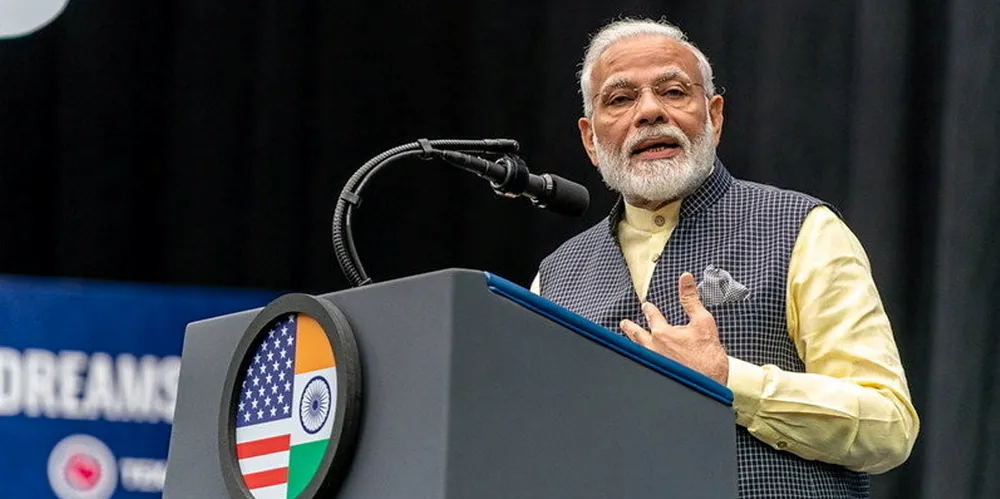India advances plan for mega-battery array four times bigger than world's largest
Array will support a gigantic 7.5GW solar park in the mountainous and politically sensitive Kashmir region, nestled between Pakistan and China

Array will support a gigantic 7.5GW solar park in the mountainous and politically sensitive Kashmir region, nestled between Pakistan and China
